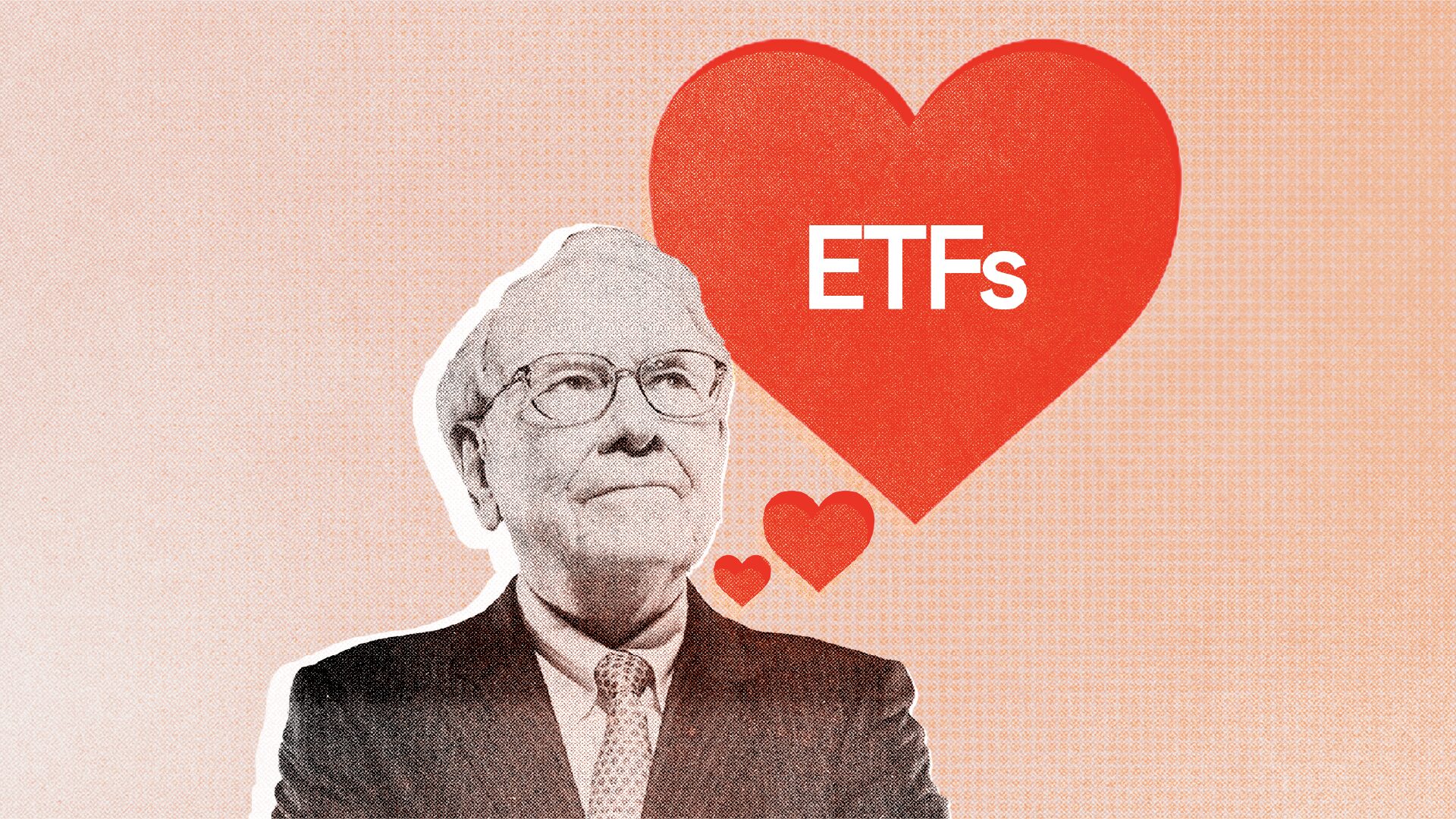Tips for navigating market volatility
How to choose the right ETF
Given the growth in the number of exchange-traded funds (ETFs) available in recent years, the process of selecting an appropriate ETF can be time-consuming and seem overwhelming.
Here’s a checklist of some important considerations when analysing different ETFs and trying to narrow down your investment choice.
Summary
- It’s important to think about your circumstances, including your objectives, time horizon and risk tolerance, before selecting the appropriate investment to meet those needs
- In evaluating ETFs that may meet your needs and objectives, there are many factors to consider, including the index the fund aims to track, the asset class, country, sector, theme or investment strategy the ETF offers exposure to, and the ETF’s structure, costs and underlying holdings
- You can use the Betashares fund compare tool to compare funds across the Betashares range
Understanding the fund and/or the index it aims to track
Key considerations:
- What is the fund’s investment objective? Is it a passive or actively managed strategy?
- If the ETF aims to track an index, what is the index methodology? For example, is it weighted by market capitalisation, fundamentally weighted, equal-weighted, or rules-based?
- How often is the index rebalanced? If an index is frequently rebalanced, the decision to add or remove holdings can change market exposure and potentially increase trading costs, which may have an impact on investors’ returns.
- Where is the fund domiciled? For Australian investors, funds domiciled in the U.S. can incur additional paperwork and tax implications.
- What is the fund’s total assets under management?
- What’s the difference between the fund’s return and the index’s return over time?
- How volatile have the fund’s returns been over time?
- What risks are involved with an investment in the fund?
Asset class
Key considerations:
What asset class do you want exposure to? Options include:
Country/region
Key considerations:
Which particular regions or countries does the ETF give exposure to? For example, an international ETF could aim to track:
Sector
Key considerations:
How sector-concentrated is the ETF’s index?
For example, due to the current composition of the S&P/ASX 200, any fund tracking this index will be heavily weighted towards the financial and resources sectors, compared to, for example, the NASDAQ-100, which has a significant allocation to information technology.
Note – if you are looking for exposure to a specific industry sector, there are ETFs that aim to track a benchmark index for a particular sector, for example, financial services, healthcare, or energy.
Holdings
Key considerations:
- What are the fund’s top holdings?
- Does the index and ETF report holdings daily, or less frequently, which may be the case for actively managed funds?
Cost
Key considerations:
- What are the management costs of the ETF?
- Do you need to consider historical capital gains of the fund?
- What is the ETF’s true cost of ownership, considering factors such as management costs, bid-offer spreads, and brokerage costs?
Distribution yield and/or franking
Key considerations:
- Does the ETF pay distributions?
- Do you prefer to take your distributions in cash, or reinvest them in the ETF by participating in a distribution reinvestment plan (DRP), if available?



